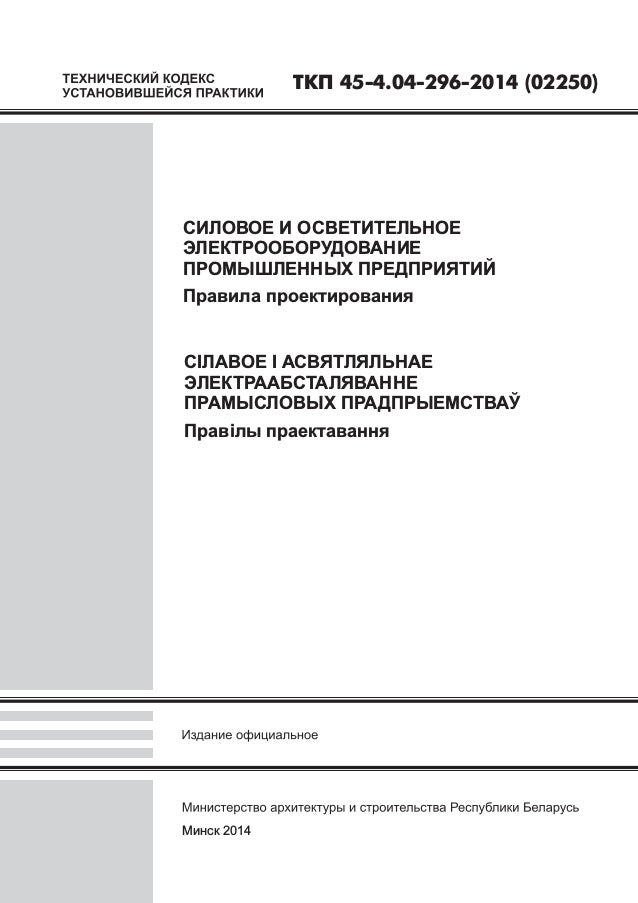Tkp 45 201 111 2008 02250

Introduction Monogenetic volcanism is the most extended type of volcanic activity on Earth (). Proekt moya lyubimaya bukva 1 klass obrazec 10. It is commonly represented by volcanic fields containing tens to thousands of small volcanoes, each being the product of a single eruptive episode, in which different phases or pulses may occur (;;; ).
Monogenetic fields may be active for several millions of years with eruption recurrences ranging from several tens to tens of thousands of years. They are usually mafic in composition and generate relatively small volume eruptions that produce cinder cones and lava flows, as well as occasional phreatomagmatic deposits when interaction between magma and surface water occurs (; ). The distribution of volcanic cones in basaltic monogenetic fields is clearly controlled by regional and local tectonics (;;;;;;; ). The great variety of eruptive styles, edifice morphologies and deposits in monogenetic volcanoes is the result of a complex combination of internal (magma composition, gas content, rheology, volume) and external (regional and local stress fields, stratigraphic and rheological contrasts in substrate rock, hydrogeology) parameters that characterize each volcanic system (;;; ).
Papki peredvizhki vesna bez registracii. Monogenetic volcanoes may also occur as flank eruptions in association with polygenetic volcanoes (e.g., El Teide,; Etna, ). Central or composite volcanoes are characterized by the presence of a magma chamber located a few kilometers below the surface, which exerts a stress field on its surroundings that is superimposed on the regional stress field, thereby controlling potential pathways for magma to the surface (;;, Figure ). On the contrary, in a monogenetic volcanic systems magma does not accumulate in such shallow reservoirs or chambers and tends to rise to the surface from greater depths, usually from intermediate reservoirs located deep in the crust, or even from the source region or shallower levels in the mantle. Thus, the stress field controlling the magma ascent will depend on the stress distribution inside the lithosphere and in particular, on the regional stress field and local stress barriers corresponding to rheological and/or structural discontinuities (,;,;,; ). Knowing how these structural controls work and how they may change from one eruption to the next one is crucial to understand why in monogenetic eruptive vents produced under the same regional stress field (i.e., same age period) will tend to cluster in the same area.
These volcanic clusters may have lifetimes of hundreds of thousands of years, so there is always a chance that a new volcano will come up in the same place than an old one, just out of random chance, not necessarily implying the initiation of a polygenetic behavior. An important consequence of these different stress controls between central and monogenetic volcanoes is the accuracy in forecasting new eruptions. While in central volcanoes it is generally assumed that future eruptions will occur through the same vents that have been active in the past, in monogenetic systems forecasting the position of new vents is much more challenging due to this lack of a permanent shallow stress configuration. Spatial analysis addressed to infer the location of future vents (volcanic susceptibility, see ) in monogenetic volcanism generally assumes that the next eruption will occur close to the location of the previous ones (;,;,;;;;;;;;;;;; ). The reason to make this assumption is based on the fact that in last eruptive episodes volcanoes had formed near previous ones (forming a cluster), so we assume that this behavior will continue. However, this does not necessarily mean they will not occur outside a cluster, just that the probability is weighted by the existence of the cluster.

The transport of magma occurs mostly through sheet intrusions and the conditions of flow in such magma-filled cracks will be governed by rock and fluid mechanics (,;;,;;;,,;; ). Studies on monogenetic volcanism reveal how sensitive magma migration is to the existence of changes in the stress field produced by regional and/or local tectonics or rheological contrasts (stratigraphic discontinuities, sheet intrusions, tectonic fractures,;;;;,;;,;;;,; ). The presence of such stress barriers may induce stress rotation and, consequently, changes in the direction of emplacement of magma. Therefore, knowledge of rock stress is crucial to understand how magma will move from its source regions up to the Earth's surface, and to forecast future eruptions.